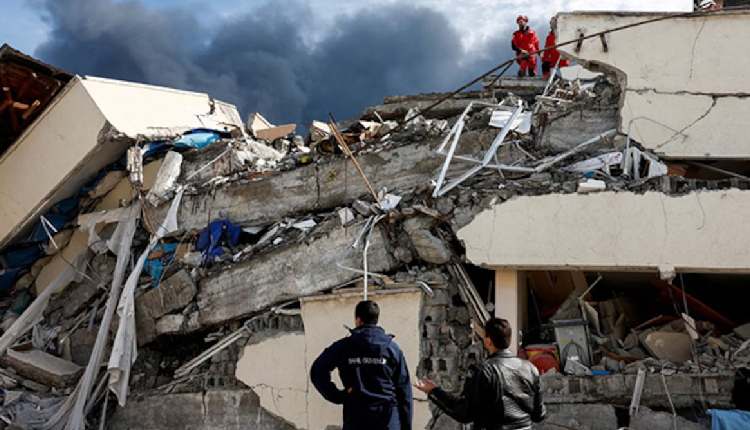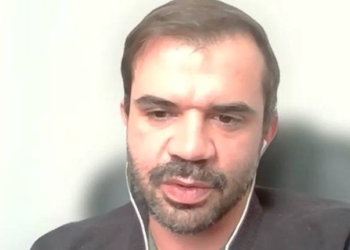Ankara: Hit by devastating earthquakes in early February, Turkey now faces environmental challenges on the disposal of the waste and rubbles left over from the destroyed buildings and roads.
Two massive earthquakes destroyed cities on large swaths of land in southern Turkey on February 6, killing nearly 51,000 people, Xinhua news agency reported.
Referred to as “the disaster of the century” by the Turkish government, the catastrophe caused some 227,000 buildings to collapse or sustain heavy damage, according to data from the Ministry of Environment, Urbanisation and Climate Change.
Turkish President Recep Tayyip Erdogan has promised to rebuild new homes for the millions of people affected by the disaster within a year.
In the cities ravaged by the tremors, where reconstruction are currently underway, workers had started to clear a staggering amount of rubbles about two weeks after the disaster.
“In my city Kahramanmaras, there are literally mountains of rubbles in the open, and it’s causing a serious problem,” said Durmus Sezgin, a resident and civil engineer from Kahramanmaras, one of the places hit hardest by the February earthquakes.
He said that hundreds of excavators are working round the clock, kicking up plumes of dust while sifting through the wreckage, demolishing any remaining building that local authorities considered unfit for habitation.
The rubbles that have been stored in temporary dumps have raised concerns about pollution from different chemicals such as asbestos, a cancer-causing fiber used in the past as insulation material, but now banned in most countries, including Turkey, said Sezgin.
“People have been breathing dust from the rubbles in the dumps continuously, and they are worried about being exposed to hazardous chemicals, lead, and microplastics,” said Selim, a doctor from quake-hit city of Hatay who wishes to be identified by his given name.
Responding to criticism, Deputy Minister of Environment, Urbanisation and Climate Change Mehmet Emin Birpinar tweeted on April 27 that dust suppression systems were being used to stop the spread of potentially hazardous materials like asbestos.
However, Selim said that measures taken by authorities may not have been enough and that “in a couple of years we might see the negative health effects”.
The colossal challenge that Turkey is facing has also been highlighted by the United Nations. The scope of the challenge is almost beyond comprehension, United Nations Development Program (UNDP) Resident Representative Louisa Vinton said in a statement on February 24.
The UNDP said the February tremors produced at least 10 times as much rubbles as the big Turkish earthquake that struck the country’s industrial northwestern region in 1999.
Early in April, Yasin Ilmen, a scientist and scholar from the western Mugla Sitki Kocman University, warned in a tweet that uncontrolled waste dumping could have dangerous consequences for both human beings and wildlife.
The voice of Ilmen and other environmental activists were heard in Hatay, where local authorities eventually removed debris dumped in a local bird sanctuary, bird watcher and wildlife expert Emin Yogurtcuoglu told the news agency.
“I tweeted about this problem in April, and I rapidly got feedback from the authorities who removed the rubbles in the Milleyha Bird Sanctuary,” he said, calling on authorities to be vigilant for uncontrolled rubble dumping.
Scientists are still concerned, though, because Turkey cannot handle a problem of this magnitude on its own, said Sedat Gundogdu, a plastic pollution specialist at Cukurova University in the southern province of Adana.
Because the earthquakes affected a very big zone, and the debris was handled and stored in a rush, such practice has to be rectified for public health safety reasons, Gundogdu told online news site Diken on April 10.
“Unfortunately, if rubble management is not controlled in 10-15 years, we will face an increasing number of deadly lung diseases and cancer cases,” Gundogdu added.
(IANS)

















